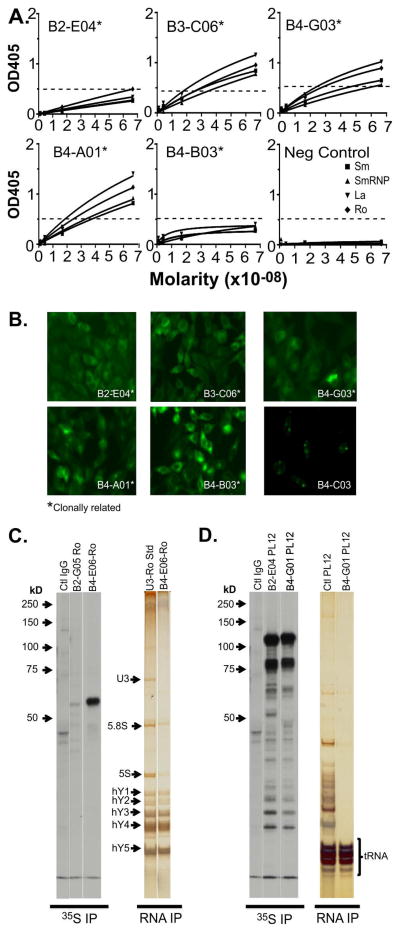Figure 3. Labial salivary gland-derived human recombinant antibodies produced by a primary SS patient can be polyreactive, clonal and bind multiple antigens.
Recombinant human monoclonal antibody screening for affinity to Sm (■), nuclear RNP (▲), Ro (◆) and La (▼) by ELISA (Positive cutoff ≥ 0.5 OD405). An antibody lacking binding was included as a negative control (A, Neg Control). Anti-nuclear antibody staining by HEp-2 indirect immunofluorescence analysis showing diffuse cytoplasmic/cytoplasmic fiber staining (such as B2-E04 and B3-C06) and, in some cases, cytoplasmic and low titer nuclear speckled staining (such as B4-G03, B4-A01 and B4-B03). Crithidia kinetoplast immunofluorescence testing for B4-C03 (B, lower right panel). 35S protein immunoprecipitation of HeLa cell lysate for B2-G05 and B4-E06 bound a single band consistent with 60 kD Ro (C). RNA IP showed co-precipitation of hYRNAs1-5 by B4-E06 compared to a U3-Ro standard control (D). The antibodies B2-E04 and B4-G01 showed co-precipitation of a band consistent with PL12 around 100kD (D, 2nd and 3rd from left) and verified by RNA IP for B4-G01 shown next to a PL12 control serum (D, right panel).

